DAY 14: Building Trustworthy Web Sites – Part 2
In yesterday’s post, “Designing Trustworthy Web Sites,” I outlined the fantastic and still timely research conducted by Florian Egger in 2003 on building trust and credibility for e-commerce sites. Florian’s doctoral thesis includes a checklist of the elements to look for in a ‘trustworthy’ Web site, and they are categorized into the following high level categories — or trust factors:
- Pre-interactional filters
- Interface properties
- Informational content
- Relationship management
Since yesterday’s discussion was so ‘theory heavy’, I’m going to let pictures do most of the talking today, but for each trust factor above, I’ll quickly summarize the basic premise.
Pre-interactional Filters refer to the trust that is established prior to direct interaction with a company. I’m highlighting Mint as a company that doesn’t just rely on conversations taking place about its site, but brings those conversations (happening amongst users and the press) back to its Web site via reviews and testimonials:
The second trust factor is known as Interface Properties, which can be thought of as the ‘look and feel’ of a Web site – and it can be split into two components: branding and usability. Companies that excel in building trust through their interface design choices include MailChimp, 37signals, Invoice Machine, and Product Planner:
Informational Content is the third factor in establishing and building trust with your site visitors, and it includes company identity, products, security, and privacy. Examples of companies doing a great job of building trust through content are Instabox, Clearleft, Tapbots, Bridge55.com, 37signals, and MailChimp:
The fourth and final trust factor is known as Relationship Management, which describes the quality and availability of resources for site visitors before and after a purchase is completed. MailChimp and Bridge55.com have designed their sites to give visitors confidence in their customer service capabilities:
There are obviously countless more examples of small businesses and start-ups that are demonstrating expertise in building trust and credibility on the Web. If you’d like to offer an example of a site doing well in the areas outlined above, please use our blog’s comment feature and we’ll do our best to showcase your recommendation!
And if you’re interested in reading Florian’s extensive research in its entirety, here is the link.
~Lance



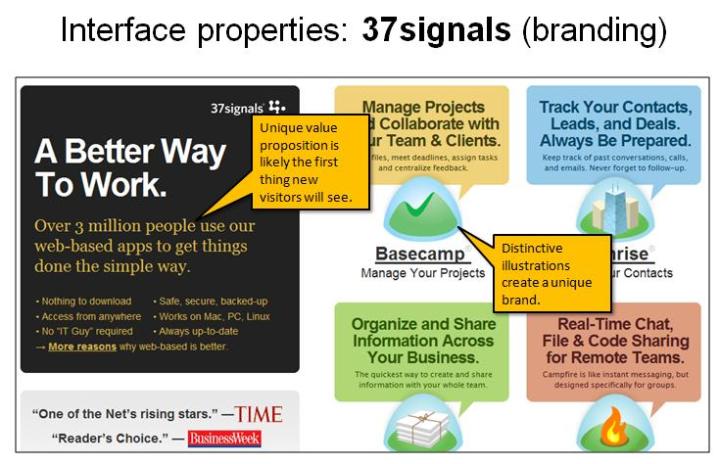
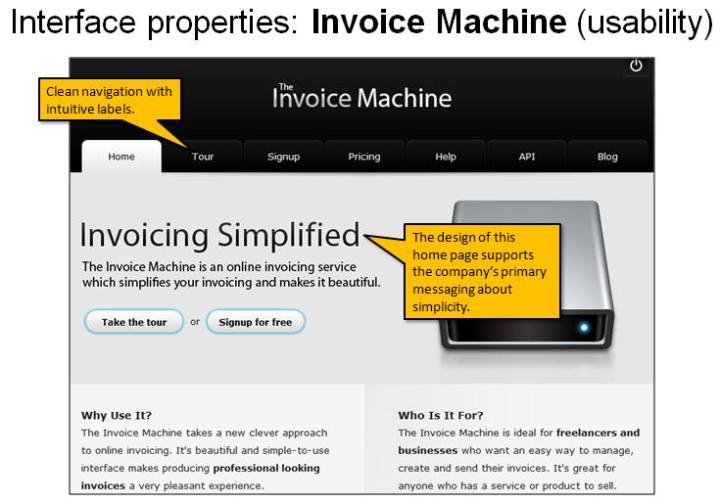
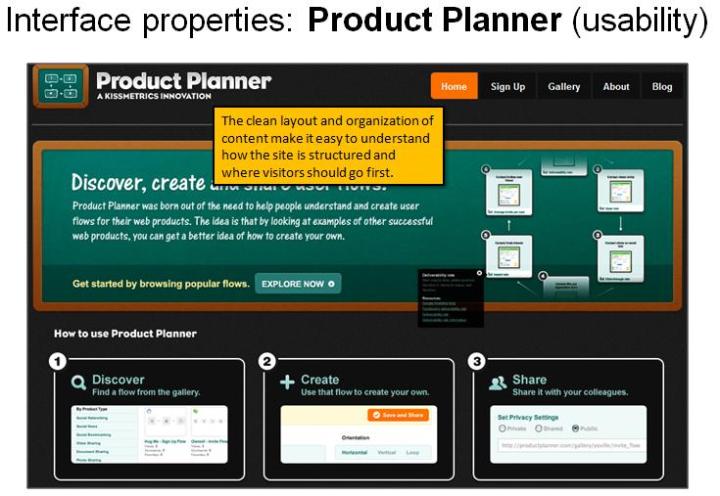



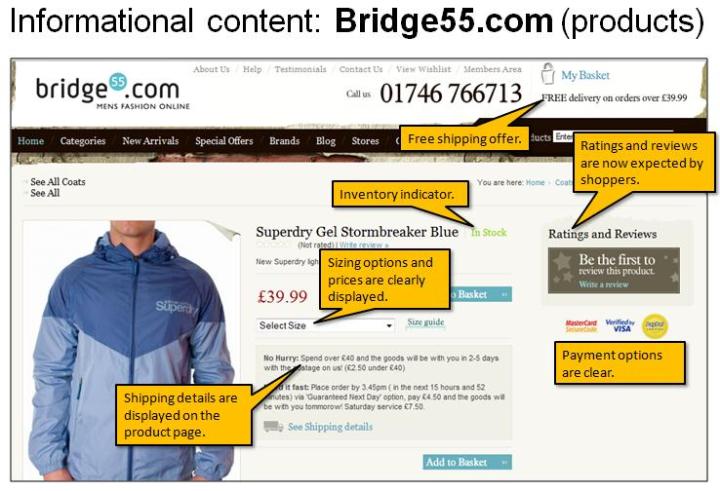
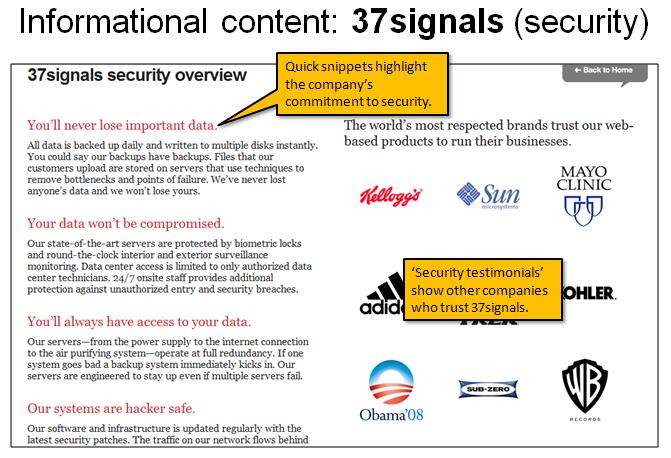

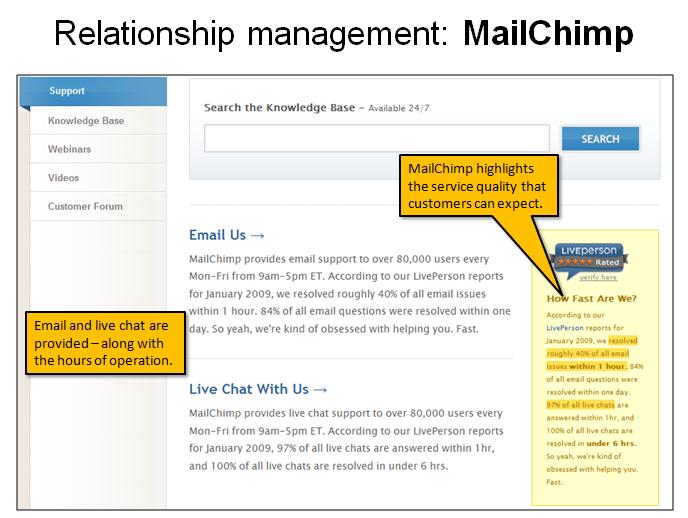

leave a comment